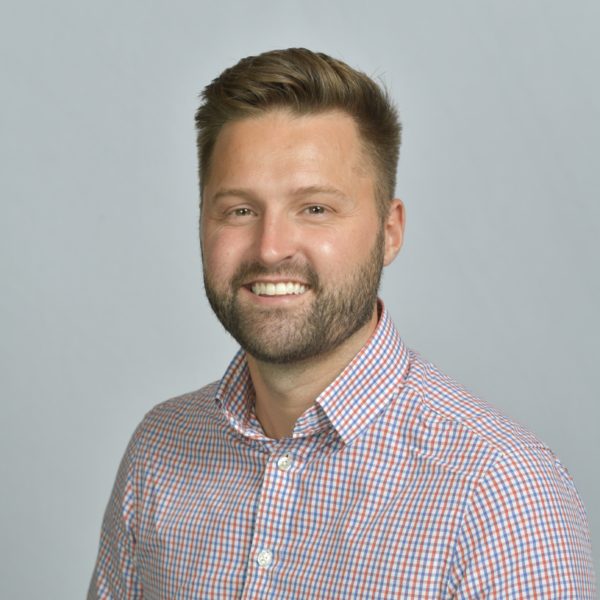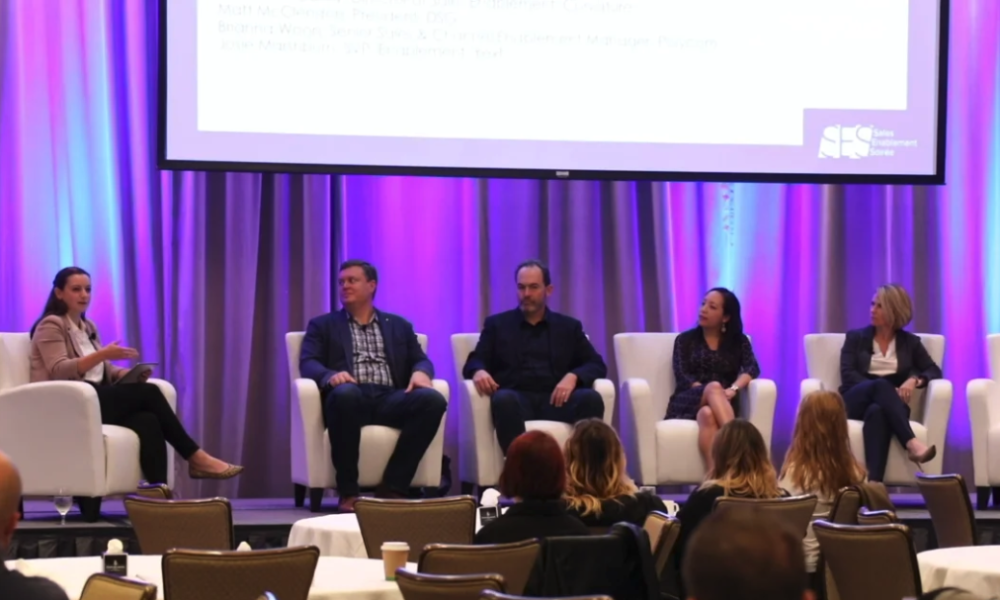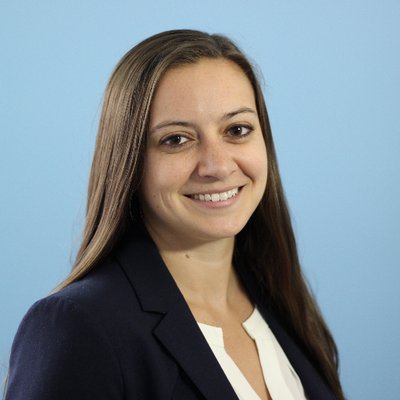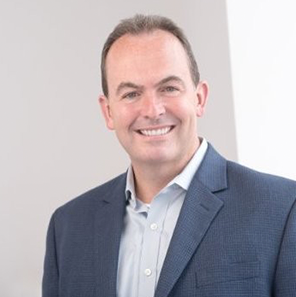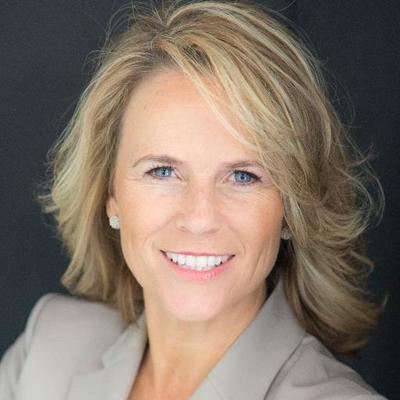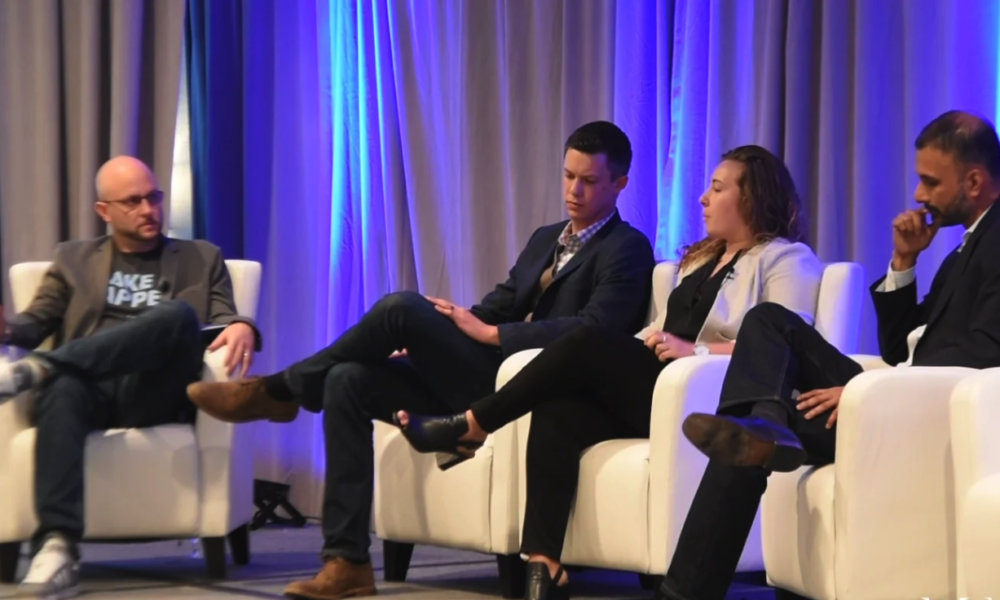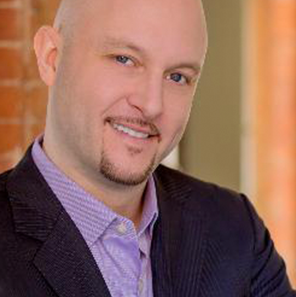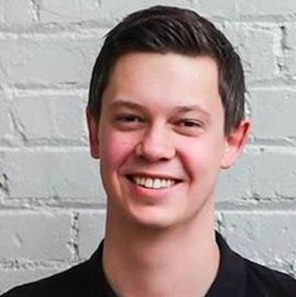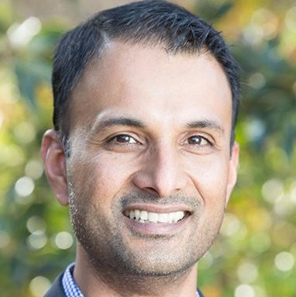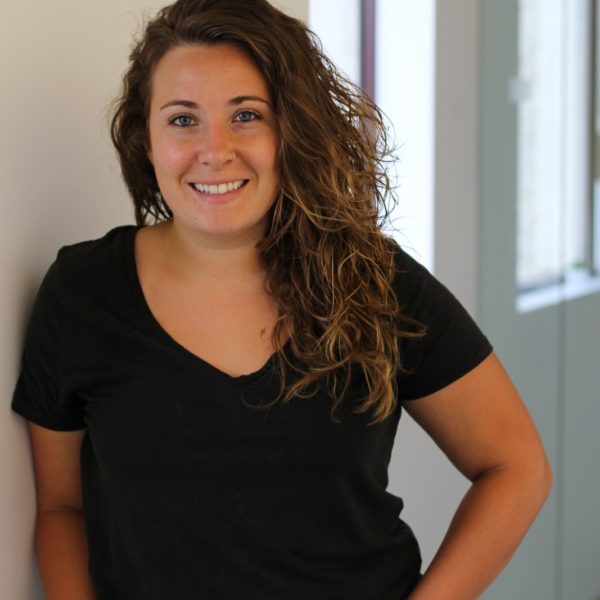Episode 3: Cameron Tanner on Peer-to-Peer Training Best Practices
3.4K Views | 10 Min Read
Shawnna Sumaoang: Hi, and welcome to the Sales Enablement PRO podcast. I am Shawnna Sumaoang. Sales enablement is a constantly evolving space, and we are here to help professionals stay up-to-date on the latest trends and best practices so they can be more effective in their jobs. Today we are joined by Cameron Tanner, who leads sales enablement for strategic accounts at Amazon Web Services. Cameron has several years of experience working with sales leaders to help drive productivity and empower their sales teams. Hi, Cameron. Thank you so much for joining us today.
Cameron Tanner: Hey, Shawnna.
SS: What are some of the crowd-sourcing best practices that you have seen by your top sales performers?
CT: I think we can talk about peer-to-peer training for sure. I would say that’s one of the things on a personal level that I am fascinated with this year. First of all, if I was speaking to core enablement leaders out there, one of the most eye-opening things that I did is ask my organization: what am I doing that you like most? Because forget what I think and what other people want, why don’t we just ask the rep trying to get results which one they like?
I think it’s such a basic thing, but everyone’s got an agenda, especially in enterprise. You’ve got a million different people who have an agenda trying to make their thing work. The poor rep gets a lot of paralysis from the rest of the organization around what the priority is. And so, a lot of different people are trying to land something, and the specific questions I ask are: do you like webinars, do you like quizzing, do you like classes, do you like playbooks, do you like the field enablement portal like mobility access, what do you like that I’m creating. When I asked them that question, the thing they said they liked most was the mentoring program, or best practice sharing sessions where they heard from their peers, or hearing phone calls.
It was a really interesting analysis because we put so much time, effort, and money into creating great e-learnings and boot camps and all these great program designs, and yet the rep says they just like hearing from that person like them who is in a scenario like them, trying to save the same problems that they are on a daily basis, who is actually doing really well at management. And you sort of take a step back and you’re like, “of course!” But if enablement people checked themselves, I bet you they have 10 initiatives in flight they are trying to do equally as well rather than trying to listen to that one rep say that one thing.
That was the insight for me that they said they want to hear more of that. And I was like, why am I spending all this time and money over here doing these things, and I’m trying to create the peer-to-peer thing a tenth of the time and I’m doing 10 initiatives at the same time to try to help them and they really just like that one thing. So, I kind of stopped and said that I’ve got to listen to my customer here.
My customer wants more of that one thing and you have to start expanding on what that means. It doesn’t just mean best practices. Like, if they are onboarding, they want to hear from the sellers that are three to six months ahead of them to ask what the right things are to focus on. They want to ask, “what can I learn? Because I don’t want to go down that alleyway if you can give me those lessons learned” – which, again, makes perfect sense. So, something like fostering a community of lessons learned or “I wish I had learned that one thing sooner”. For example, if I could learn one thing sooner it would be x, if there was one person I wished I had spoken to sooner it would be x, if there was one tool I wished I had learned faster it would be x, if there was one report I didn’t quite understand or data point I wish I knew sooner it would be x. I think you can tease out those lessons learned in an onboarding scenario and you can create communities of learning and you hear a lot about that, but that’s from an onboarding perspective.
Then I looked at peer-to-peer in terms of best practice sharing, and it’s an interesting one. I was talking to my leader and she said that of course, we can always be better at communication and sharing, it’s always going to be a thing that people wish they knew more. I don’t think the average enablement practitioner has the mechanisms in place testing whether they are doing that better. If you ask about best practice sharing, it’s coming back to that baselining – so what does that mean? It’s things like, do you feel like you have access to the insights about the organization, do you have access to top performers, are you satisfied with communication around wins and losses? I think a survey around best practices, in general, will help the enablement leader have a blueprint or north star on where to go.
For me, it was like everyone wants best practices and access to tribal knowledge. So, we are in the process of creating what is a best practice and what is a leading practice, because it’s one thing to say we want to share some tribal knowledge and it’s another to say that this is the gold class example. In my shoes, I hadn’t defined that – what is the best practice for my organization or the tribal knowledge we want to get out of the top performers? And that was a really important process for me to go through in order to think about peer-to-peer learning better. And when I did that process, it helped give me a better understanding of what my strategy would be.
People want to hear from people that have achieved quota multiple years in a row, people what to hear from people who have been in seat the longest, people who – if there’s a new product or strategy that’s in play – are the front runners that are getting results the quickest. People want to hear from people that managers have said are the best because economic conditions may not always produce which rep is the best in the data at the moment, but you’ve got objective observation from the managers that says that this person is excellent at that one thing. You need listening mechanisms for what the managers are giving back to you and also one that doesn’t stop someone like yourself from coming to them. I use the example that I’m really passionate about where enablement is going, and I’ve got 30 examples. My manager may not know this, the data and my performance doesn’t reveal that, but it’s a passion of mine and something I’ve been working on so I may have a secret under my belt that unless you ask me, I’m not going to share it with you. So, you also need a listening mechanism to ask the reps: are you working on something awesome, have you got a secret you should be sharing with everyone?
Then, you need a quality control process and production process. These are things I had to create from scratch. So, I’ve got a sourcing mechanism, but then I need to QA it, and then I need to produce it. If I do all those three things well and then certify reps on the quality content that came out the other side, then I’ve got a flywheel of finding tribal knowledge in my organization that’s driving success. Then, I’m putting it through a production and quality control model and getting it back out to the reps who told me that was their favorite way of learning. That makes my job as someone that’s trying to inspire learning so easy because the reps are telling me they love this thing that I went after.
The last thing I’m really excited about is just shadowing. I know it sounds so basic, but I’ve got another data point where new hires are saying they want to do more shadowing of calls and listen to more calls. I had the same data point when I asked tenured sellers about selling new products or improving their own performance. My organization kept growing, and the sellers were saying, “you’ve got these new hires that are getting all these programs and they’re getting access to all this stuff, but I haven’t had a formal mentoring program since I was a new hire. I don’t know who all these 50 new reps are that are in a different city or country and I want to learn from them too because I’ve heard they’re awesome.” I double-clicked on the fact that we think it’s just new hires that want to listen to peers to help them ramp up, but if you listen to your tenured sellers and ask them what they want to hear to help improve skills, they’ll tell you they want to observe other top performers, too. What are those things you can do in your organization to foster exposure or shadowing of and for more of your performers? How do you get them to observe? There are technologies that are enabling that like Gong or Chorus, but typically in my company with privacy and security, not every customer likes the experience of having calls recorded. So, think of how to foster more ways for shadowing and learning, like a deliberate program to connect people who want to learn from peers. Those are all the things in the peer learning space or best practices that I’m working on.
SS: Thanks for listening. For more insights, tips and expertise from sales enablement leaders, visit salesenablement.pro. If there is something you would like to share or a topic you want to know more about, let us know. We would love to hear from you.

